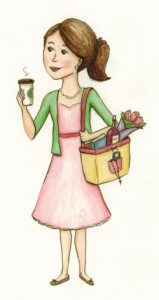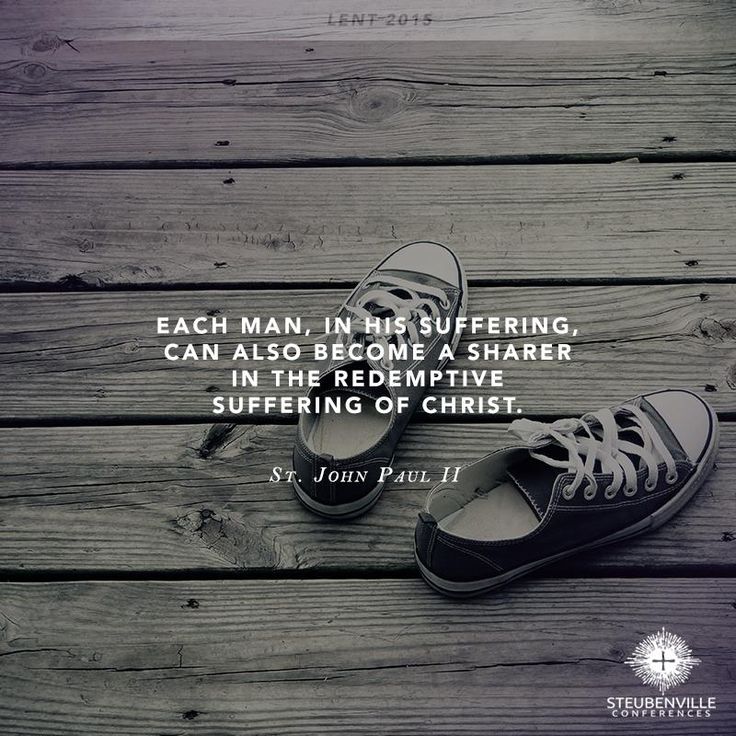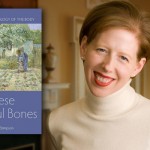It will not be breaking news to you that there are people out there who are not married and wish they were. There are the widowed, whose hearts are full of the pain of loss. There are those whose marriages fell apart, perhaps on account of betrayal or a deep confusion. And there are young people, not as young as they used to be, who have no immediate prospects for marriage.
Emily Stimpson is one of those in the latter category. She is a delightful writer and addresses the issue of “Now and Not Yet,” as my friend Jennifer Marshall put it in another book, in her new The Catholic Girl’s Survival Guide for the Single Years: The Nuts and Bolts of Staying Sane and Happy While Waiting for Mr. Right.
She has a great YouTube trailer for the book here:
http://www.youtube.com/watch?v=pPDvEbkhTyI&feature=player_embeddedEmily and I discuss the book and some of the topics and quandaries and it raises at length over at National Review Online (link here). But there are a few other things we talked about I thought that I would best save for here:
LOPEZ: Why is praying with the body worth mentioning in a Catholic Girls’ Guide for the Single Years?
STIMPSON: To start with, it’s important for people to realize that the Theology of the Body is not a theology of sex. It’s a theology of what it means to be a human person. It’s also a theology that tells us that everything we do in the body matters — how we dress, dance, eat, love, exercise, and yes, pray. When Catholics pray, it’s not just with our minds or spirits; it’s with our bodies. We kneel, we genuflect, and we trace the sign of the cross on our foreheads, lips, and hearts. We use our bodies to adore and glorify God. Our bodies are also the very means through which we encounter grace. The graces of the sacraments all touch our souls through our flesh. By becoming aware of how integral our body is to our relationship with God we become more aware of its great dignity…and a whole lot less likely to do things that undermine that dignity.
LOPEZ: Why do you quote Edith Stein in the book (The nation … doesn’t simply need what we have. It needs what we are.”)? She did after all both enter a convent and wind up murdered in a concentration camp.
STIMPSON: And she also became a saint, mind you. We should all be so lucky. Seriously, when it comes to the Church’s teachings on women, there is no one better than Stein. She wrote the book, literally. It’s called Essays on Women, and it’s Volume 2 in her collected works. If there’s a book every woman should own — Catholic, Jew, Greek, single, married, or consecrated — it’s that one. It really is the most beautiful and complete reflection the Catholic Church has to offer on the feminine genius. John Paul II seems to have thought so too, for much of his writing on women is a reflection of his study of Stein.
LOPEZ: How can Our Lady of Sorrows help? That could sound like living in misery to some.
STIMPSON: There is no woman who understands suffering like Mary does. She perfectly loved the perfect son. And so when she lost him, when she watched him suffer and die on the cross, her suffering was beyond anything we can imagine. Through it all, however, she never stopped loving, and she never stopped trusting. As our mother, she wants to help us do the same. If we ask her for help, she won’t disappoint.
You probably have someone in your life who would benefit from reading The Catholic Girl’s Survival Guide for the Single Years. It is a fun, realistic, practical, rooted read.












